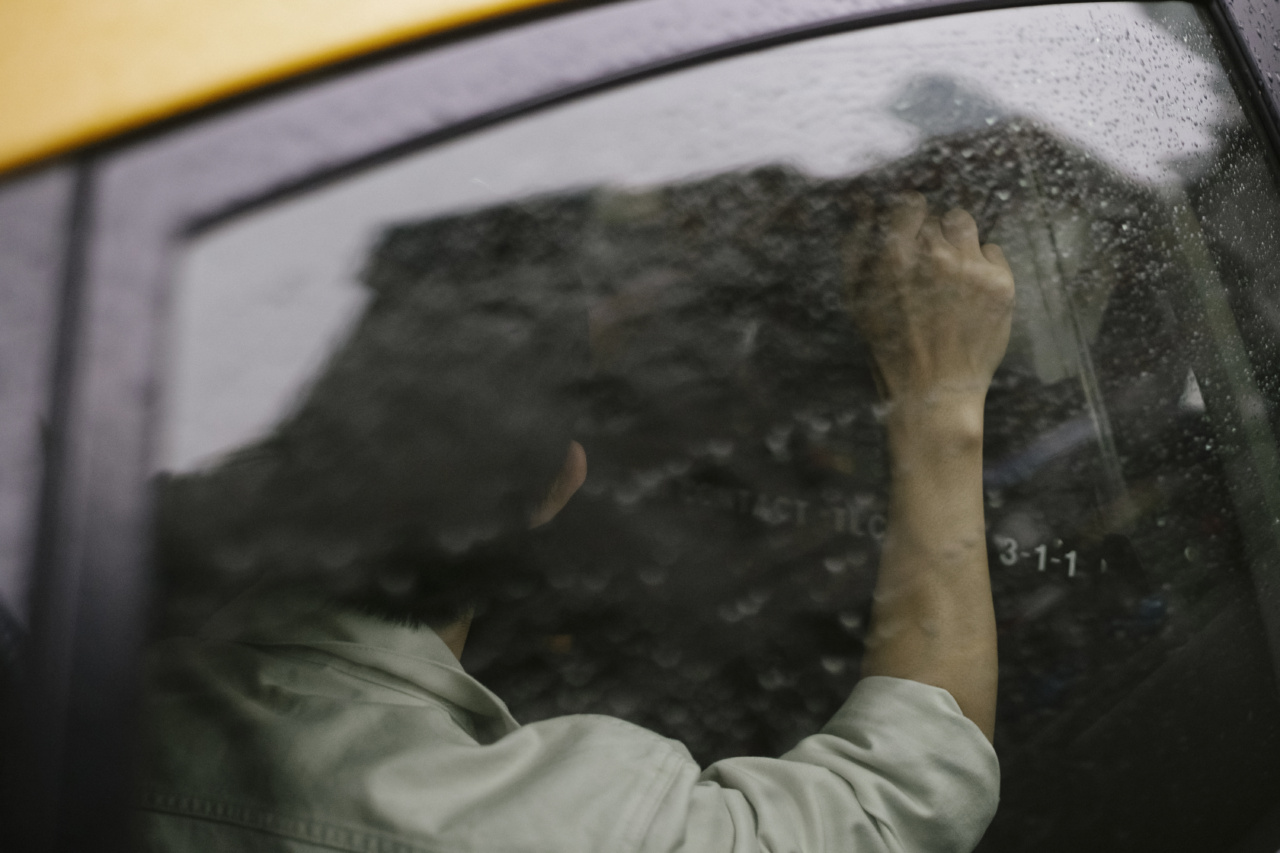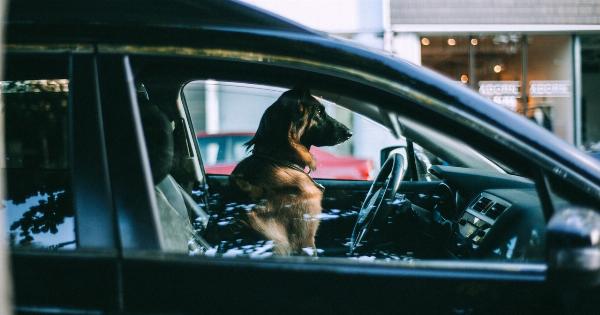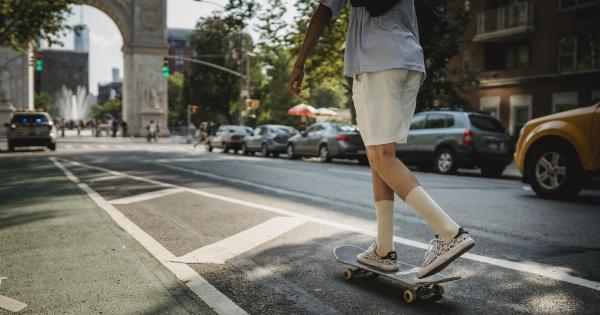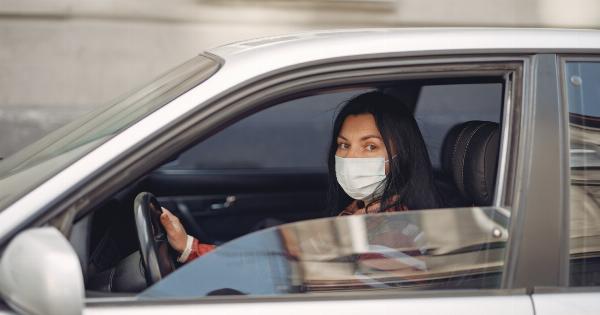Car rides can be enjoyable for many pets, but for some dogs, the experience can be incredibly distressing.
If your furry friend becomes anxious, nauseous, or exhibits signs of motion sickness, it’s crucial to understand why they struggle with car rides. While every dog is unique, there are several common reasons why certain dogs can’t handle car rides.
Inadequate socialization and exposure
A lack of proper socialization and exposure to cars during a dog’s critical developmental phase can result in a fear or anxiety response towards car rides.
Puppies that aren’t introduced to car travel at an early age may find the experience overwhelming and stressful.
To help your dog become more comfortable with car rides, start with short trips and gradually increase the duration and distance over time.
Exposing them to positive experiences like treats, praise, and their favorite toys can also help create positive associations with car rides.
Motion sickness
Just like humans, dogs can experience motion sickness during car rides. The feeling of motion while sitting in the backseat can lead to nausea, drooling, and even vomiting in some cases.
Certain factors can increase the likelihood of a dog experiencing motion sickness, such as anxiety, stress, and a history of getting sick during car rides.
If your dog struggles with motion sickness, consider speaking to your veterinarian. They may recommend anti-nausea medication or suggest alternative methods of travel, such as using a crate or securing them in a seatbelt harness to minimize motion.
Previous negative experiences
Dogs with a history of negative experiences during car rides may develop a lasting fear or anxiety towards car travel.
These negative experiences could range from being involved in a car accident to feeling trapped or uncomfortable inside a moving vehicle.
It’s essential to address these fears and anxieties with patience and positive reinforcement. Start by gradually reintroducing your dog to the car environment without actually driving.
Allow them to explore the car, reward them for calm behavior, and slowly increase the level of exposure until they feel safer and more at ease.
Overstimulation and anxiety
The car environment can be overstimulating for some dogs, leading to heightened anxiety and stress. Factors such as loud traffic noises, unfamiliar scents, and the feeling of constant movement can contribute to their discomfort.
To help your dog cope with overstimulation and anxiety, you can try using calming aids such as pheromone sprays or playing soothing music.
Additionally, providing a comfortable and secure space for your dog, such as a crate or a designated car seat, can help them feel more at ease during car rides.
Travel sickness sensitivity
Some dogs are simply more susceptible to travel sickness due to their individual physiology. Factors like inner ear sensitivity or vestibular disorders can make them more prone to experiencing discomfort and nausea during car rides.
If you suspect that your dog’s sensitivity to travel sickness is the cause of their distress, consult with your veterinarian. They can help determine the underlying cause and provide guidance on managing their symptoms effectively.
Medications or specialized diets may be recommended to alleviate their travel sickness sensitivity.
Separation anxiety
For dogs with separation anxiety, car rides can trigger distressing emotions as they associate being in a vehicle with being away from their owner.
Separation anxiety can manifest in various ways, including drooling, excessive barking, destructive behavior, and attempts to escape from the car.
Working with a professional trainer or animal behaviorist can be beneficial in addressing separation anxiety-related issues.
They can develop a behavior modification plan to help your dog associate car rides with positive experiences and gradually reduce their anxiety.
Unfamiliarity with car-related movements
Dogs that aren’t accustomed to the movements associated with car rides, such as acceleration, deceleration, and turning, may find the experience disorienting and unsettling.
The unpredictable nature of these movements can lead to anxiety and a sense of loss of control for some dogs.
To familiarize your dog with car-related movements, try gently rocking the car when it’s stationary or gradually increasing the level of movement during short trips.
Providing positive reinforcement and rewards during and after each ride can help your dog associate these movements with positive experiences.
Limited ventilation and improper restraint
When dogs feel too confined or have limited access to fresh air during car rides, they can become uneasy or claustrophobic. Additionally, improper restraint or lack of secure confinement can exacerbate their anxiety and make them feel unsafe.
Ensure that your dog is properly restrained using a seatbelt harness, crate, or other suitable methods. Additionally, ensure that the car is well-ventilated, either through open windows or using pet-specific ventilation systems.
These measures can help alleviate feelings of anxiety and discomfort during car rides.
Prior negative associations with destinations
A dog’s negative association with the destination of a car ride can cause them to become anxious or fearful during the journey.
If the destination includes unpleasant experiences for the dog, such as veterinary visits or grooming appointments, they may exhibit signs of distress even before reaching their destination.
Counterconditioning techniques can be useful in changing your dog’s negative associations with certain destinations.
Pairing the journey with positive experiences, such as treats, toys, and pleasant activities upon arrival, can help them develop more positive associations and reduce anxiety during car rides.
Aging-related changes
As dogs age, they may experience physical and cognitive changes that make car rides more challenging for them. Conditions like arthritis, stiffness, or even canine cognitive dysfunction can increase their discomfort and anxiety during car travel.
If you have an older dog, consult with your veterinarian to address any underlying health issues that may contribute to their car ride difficulties.
They may suggest appropriate medications, dietary supplements, or modifications to the car environment to improve your senior dog’s travel experience.
Conclusion
Understanding why some dogs struggle with car rides is crucial in finding ways to address their anxiety and discomfort.
Whether it’s due to inadequate socialization, motion sickness, previous negative experiences, overstimulation, or other factors, there are strategies and solutions available to make car rides more tolerable for these dogs.
By gradually exposing them to positive car travel experiences, providing suitable restraints and ventilation, and addressing any underlying health or behavioral issues, you can help your furry companion feel more at ease during car rides and create more enjoyable adventures together.






























